Natural skin care fads that have clogged your diet have left you on your knees before the temple of age-old secrets. The recent ‘Girl Therapy’ self-care trend has seen a surge in people making homemade face creams and TikTok’s beauty gurus becoming obsessed with cinnamon powder and turmeric as the popularity of Indian spices evaporates.
Thanks to social media, people are starting to care about its benefits for skin rejuvenation. However, consultant dermatologist and hair disease specialist Dr. Archa Rao says, “some online advice just needs to be taken with a pinch of salt.” If anyone knows how best to advise us on using the Indian spice rack, it’s Rao, who has extensive training in Mumbai and impressive studies on ethnic skin types.
Dr Rao says: “I worry about young people jumping into social media too early and following these trends because you don’t really need to do all this before the age of 16 to 18. During this period, your skin is really sensitive. The other group I worry about is women in their forties…
“I even saw a video where someone tried putting ginger paste on the skin, but it’s the wrong time to try because once you get into your forties, your hormones change so your skin becomes very sensitive to harsh ingredients. “It is important for everyone to be careful, especially if they have diseases such as rosacea.”
“[Sharing] Information on social media should bring a sense of responsibility from both parties. From the person giving the advice and the person receiving it. “It’s important to decide for yourself and realize that not everything you read is necessarily the holy grail.”
So what are Dr Rao’s thoughts on spices? So are these as safe or effective as their synthetic counterparts?
Turmeric
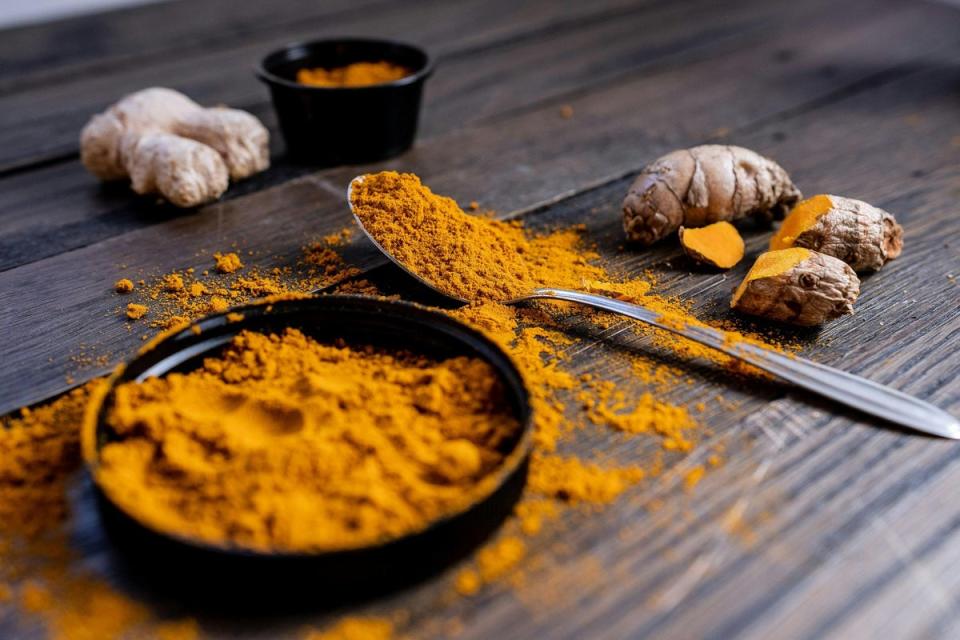

Why? Turmeric is a golden-orange powder that is valued for adding nutrients and flavor to foods. People with osteoarthritis are known to use it to relieve joint pain.
Claimed benefits for skin: With its antioxidant and anti-inflammatory properties, Turmeric can give the skin a natural shine and increase moisture. It also has healing benefits because it contains a chemical called curcumin.
Disadvantages: Using turmeric topically may cause spotting due to its strong yellow hue. It may also cause irritation if used for too long.
The expert says: “People use turmeric in Indian marriage ceremonies like Haldi, where the bride (and sometimes even the groom) is given a scrub with turmeric powder in various forms for its antiseptic properties and ability to beautify and brighten the skin. But what I can say is that no one size fits all.”
“The downside to using turmeric is that while it may not be as concerning in terms of allergic reactions compared to other spices like cardamom, it’s all about using it in moderation.”
Cinnamon
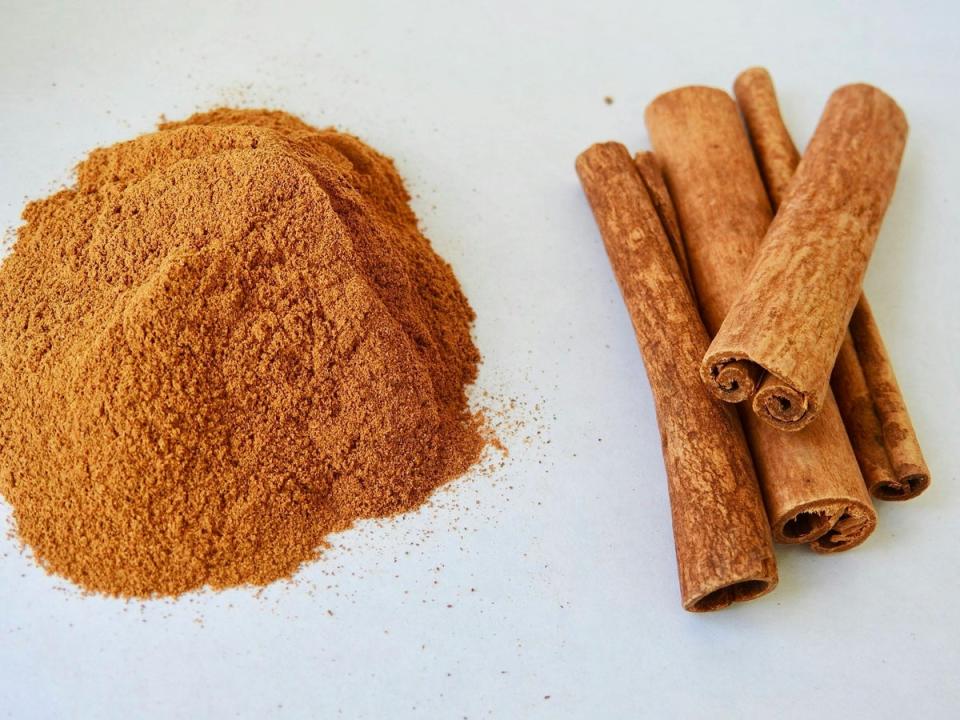

Why? Rich in antioxidants, cinnamon is known to help manage blood sugar, protect against heart disease and reduce inflammation.
Claimed benefits for skin: It is claimed that cinnamon helps treat acne and reduce blackheads due to its antiseptic properties. It may also help with eczema and reduce signs of aging.
Disadvantages: When used too often and for too long (some sources say longer than 15 to 20 minutes), cinnamon can cause irritation.
The expert says: “Things like cinnamon have been used topically for acne to improve circulation. However, since ingredients such as nutmeg and clove can cause a high rate of allergic dermatitis, you may experience allergies when you use these products on the skin. That’s why I always say not to use too much hard material at once.”
saffron
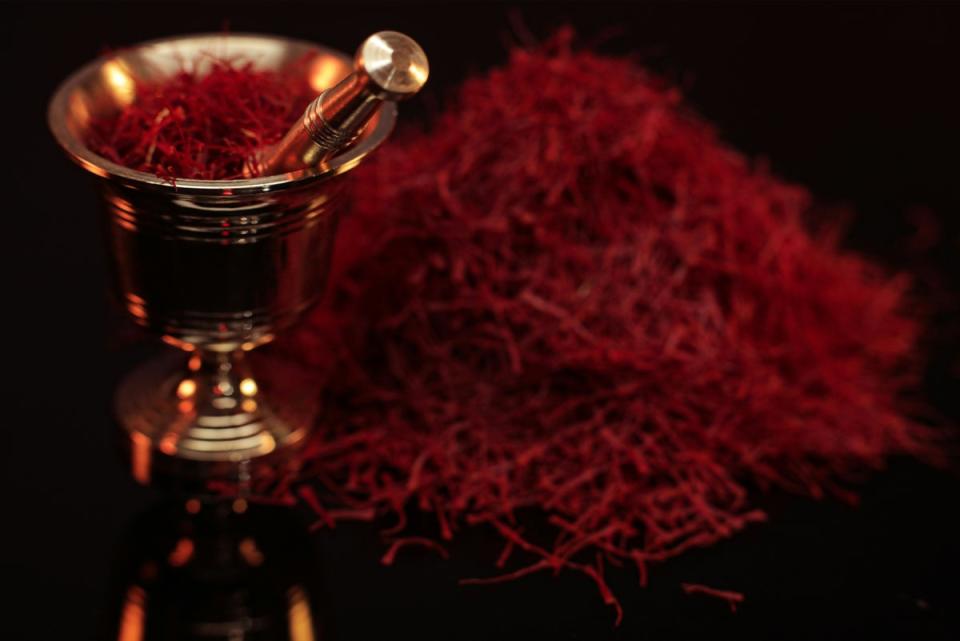

Why? Saffron is a plant whose dried thread-like parts are used to make saffron spice and food coloring. The benefits of the spice have been well known since the Middle Ages and it is often used as a medical treatment to relieve menstrual cramps, among other things.
Claimed benefits for skin: Saffron is known to reduce hyperpigmentation, promote wound healing, and fight inflammation involving the skin.
Disadvantages: Although saffron is well tolerated, excessive amounts of the spice in skin care products can cause allergic reactions on the skin.
The expert says: “Having lived and practiced in the Indian subcontinent, I know for a fact that many creams there contain saffron to nourish, hydrate and moisturize the skin holistically. But its effectiveness remains in question. I don’t think anyone has really looked at it. Retail products sometimes use the spice, but I always tell my patients When they come to me, I tell them how they paid so much money for a cream, to understand that not everything that is expensive is good. Saffron is considered a rather exotic spice and therefore quite expensive. Saffron as an ingredient has potential and can be used well on the skin, But I think it’s within safety limits. So can you take it off the spice rack and apply it to your skin? Probably not.
Black pepper
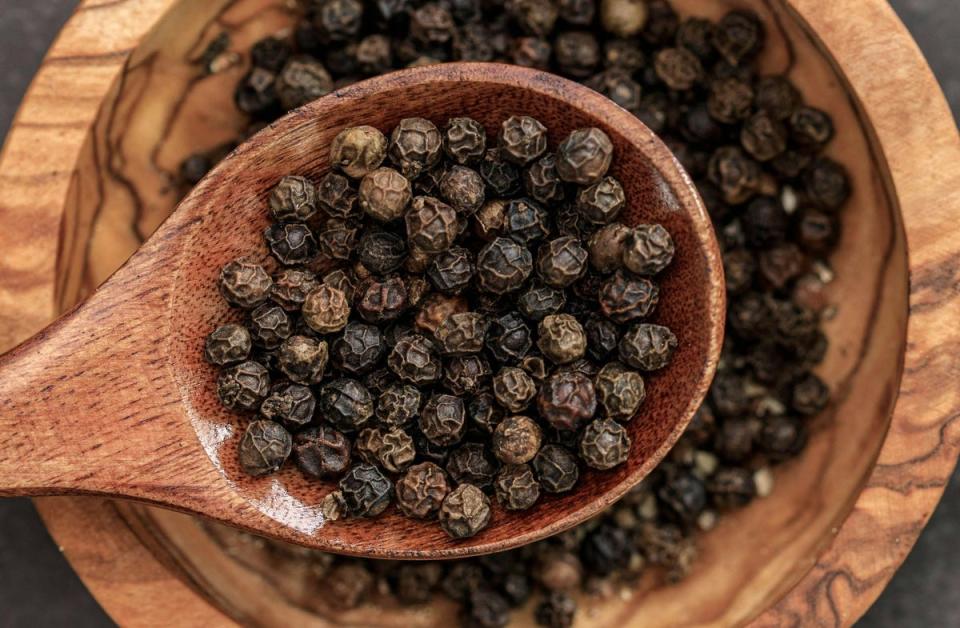

Why? Black pepper is one of the oldest spices discovered and is known as the “King of Spices”, still used in everyday cooking today.
Claimed benefits for skin: Black pepper can work as a powerful exfoliator and clear the skin as it is rich in antioxidants and vitamin C.
Disadvantages: Unsurprisingly, it can also cause a burning sensation on the skin.
The expert says: “Sometimes people use black pepper for acne, but I would say the benefits of eating black pepper are far superior to using it topically. If you go to the Indian subcontinent, you’ll see people using black pepper in herbal treatments. But I would be careful about using this ingredient on this type of skin, as it is perhaps what you would call a pungent spice.” thing.
Ginger
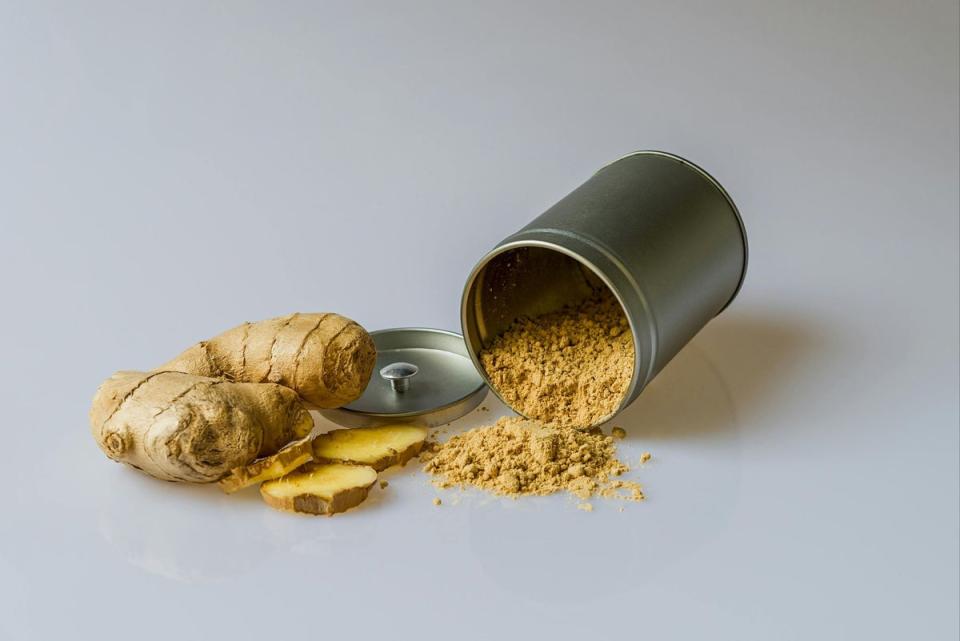

Why? Ginger is a flowering plant used as a spice and a central component of the Southeast Asian diet. Eating ginger aids digestion and is often used as a remedy for pregnant women suffering from morning sickness.
Claimed benefits for skin: Ginger is traditionally used in toners, peels and masks and is said to help reduce the appearance of wrinkles and fade scars.
Disadvantages: Ginger can cause irritation, redness, and swelling, especially when used more often than it should be.
The expert says: “Make sure you don’t use ingredients that are too harsh. Ginger and lemon juice are a recipe for disaster, and sometimes people take tingling as a good sign. They may feel it means something is working on their skin, but sometimes it can also be a sign that something isn’t right with their skin.” In fact, he refuses spice.
“Sometimes people use ginger to revitalize the skin, but the benefits of eating it are even better.”